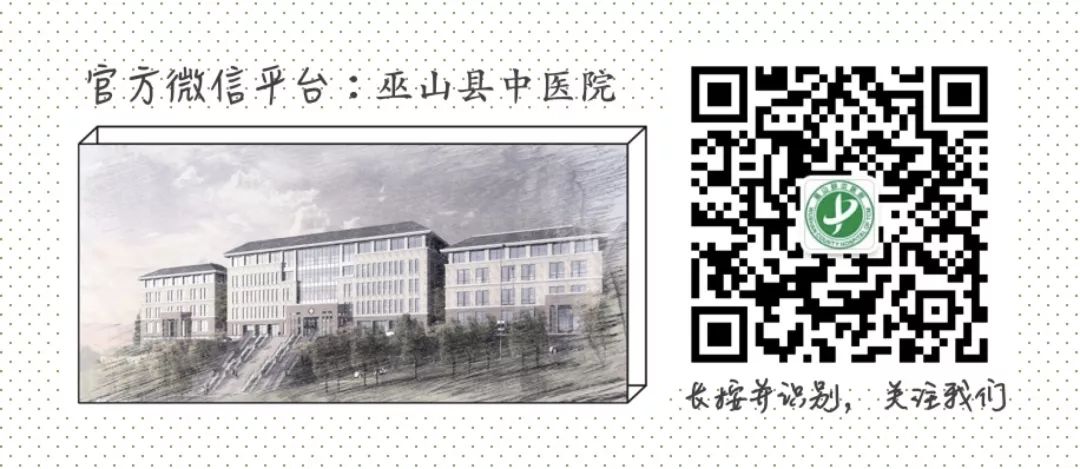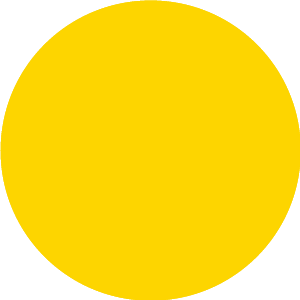
Click the blue text to follow us
said:
Fire Needle Therapy
Fire Needle Therapy, commonly known as “Cui Ci” (焠刺), is a traditional acupuncture method that involves heating a needle until it is red hot and then quickly inserting it into the body to treat diseases. This method combines the effects of acupuncture and moxibustion, providing both the benefits of needling and the warming stimulation, which promotes the circulation of Qi and blood, expels toxins, disperses damp-heat pathogens, and achieves the goals of invigorating blood circulation, moving Qi, and dispelling evils and detoxifying. Clinically, it can be used alone or in combination with other needling techniques. It is commonly used for neck, shoulder, lower back, leg, and joint pain, as well as for the treatment of common and difficult-to-treat conditions such as herpes zoster, eczema, and vitiligo.
The history of Fire Needle Therapy dates back thousands of years, first recorded in the Huangdi Neijing (黄帝内经). The text mentions “Fan Zhen” (燔针) and “Cui Ci” (焠刺). In the Ling Shu (灵枢·官针), it states: “Nine is Cui Ci, and Cui Ci refers to using a burning needle to treat obstruction.” “Cui Ci” is a method of quickly inserting a heated, red-hot needle into the skin. “Fan Zhen” and “Cui Ci” refer to “Fire Needle” and “Fire Needle Therapy” respectively.


Indications
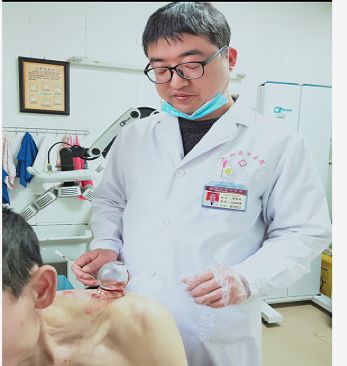
The image shows bloodletting cupping treatment for post-herpetic neuralgia.
Neck, shoulder, lower back, leg, and joint pain, as well as common clinical conditions such as herpes zoster, acne, eczema, vitiligo, and stubborn itching.
Precautions

Dr. Gong Shucai using Fire Needle Therapy to treat post-herpetic neuralgia.
1. After needling, the needle holes may become red, itchy, or have raised red spots, which are normal reactions.
2. If the needle holes are itchy, do not scratch.
3. Do not bathe on the same day to protect the needle holes.
4. Wear loose clothing to avoid friction on the affected area.
Introduction to Dermatology
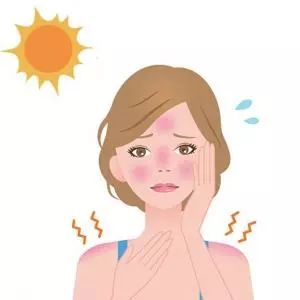
The Dermatology Department of Wushan County Traditional Chinese Medicine Hospital, under the guidance of expert Dr. Gong Shucai from the Chongqing Beibei District Traditional Chinese Medicine Hospital, adheres to the principle of “not abusing hormones” to responsibly treat patients, utilizing a combination of traditional Chinese and Western medicine, especially TCM specialty treatment methods, to alleviate the suffering of many skin disease patients.
Current Treatment Projects in Dermatology
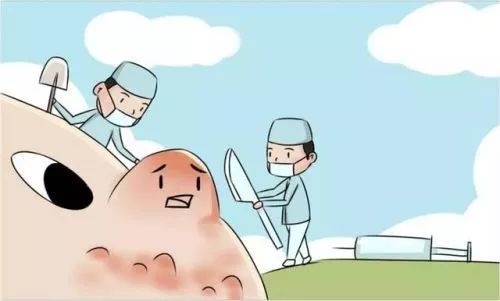
1. Fruit acid treatment: for sallow complexion, acne, blackheads, seborrheic dermatitis.
2. Acne removal surgery, red and blue light: for acne patients.
3. UVB phototherapy: for pityriasis rosea, psoriasis, generalized eczema, vitiligo.
4. Cold compresses, masks: for patients with facial allergies.
5. Fire Needle: for lichen planus, nodular prurigo, and other stubborn thick rashes and severe acne.
6. Plum Blossom Needle: for alopecia areata treatment.
7. IgE and blood allergen testing: routine screening for allergic patients.
8. Autologous blood therapy: for patients with positive self-sensitivity to improve constitution.
9. Ionized treatment: for the removal of various surface growths such as pigmented nevi, flat warts, common warts, corns, filiform warts, and pyogenic granulomas.
10. Liquid nitrogen cryotherapy: for the removal of spider nevi, small vascular tumors, pigmented nevi, flat warts, common warts, corns, and filiform warts.
11. Fungal fluorescence examination: for skin fungal testing.
Expert Introduction
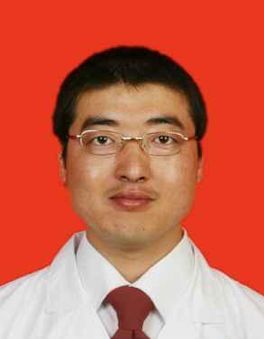
Dr. Gong Shucai, attending physician of Traditional Chinese Medicine at Chongqing Beibei District Traditional Chinese Medicine Hospital, holds a master’s degree from Chengdu University of Traditional Chinese Medicine. He is a third-generation academic inheritor of the Chongqing Health Commission, a part-time teacher at Chongqing Medical Higher Vocational College, a youth member of the Chinese Association of Traditional Chinese Medicine’s Dermatology Branch, a director of the Clinical Evaluation Branch of the Chinese Ethnic Medicine Association, a member of the Dermatology Surgery Committee of the Chongqing Association of Traditional Chinese Medicine, a member of the Zhongjing Professional Committee of the Chongqing Association of Traditional Chinese Medicine, and a member of the Integrative Medicine Committee of the Chinese Association of Plastic Surgery. He has led two research projects funded by the Chongqing Health Commission, participated in one project, edited two monographs, co-authored one, and published over ten papers. He emphasizes the significant role of TCM external treatment methods in the treatment of skin diseases, achieving remarkable clinical efficacy.
– END –

